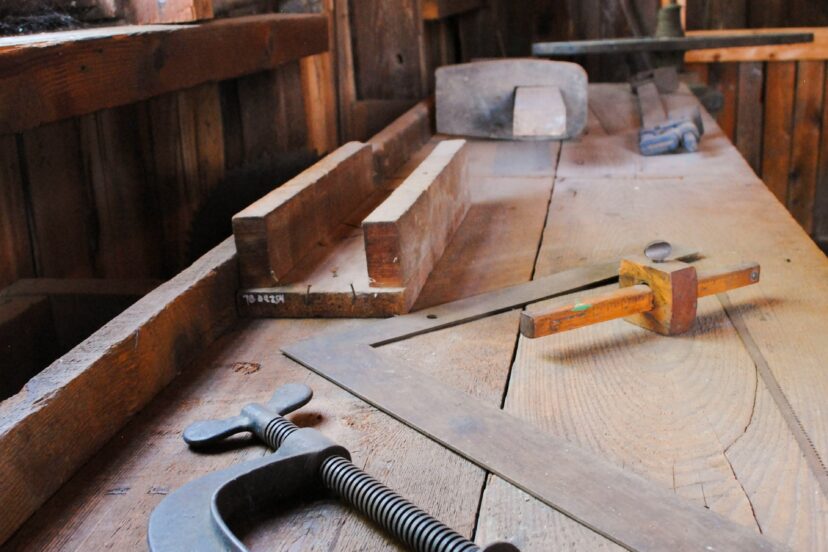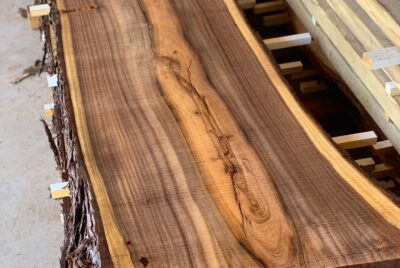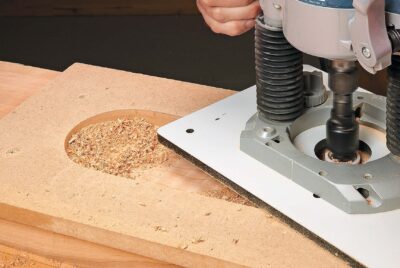Woodworking Bench: The Ultimate Guide For Beginners
What Is a Woodworking Bench?
A woodworking bench is the heart of any woodworking shop, where raw materials are transformed into pieces of art. It provides a stable, durable, and functional platform for various woodworking tasks, making it a specialized work area for creating projects from wood.
The History of Woodworking Benches
The origins of the woodworking bench can be traced back to ancient civilizations, where craftsmen used simple designs like solid blocks of wood or basic assemblies of planks over trestles. As time passed, the woodworking bench evolved, with the introduction of the woodworking vice being a critical advancement in the Middle Ages. The Renaissance period saw a golden age for artisans, with woodworking benches playing a pivotal role in the creation of both functional and decorative pieces. The Industrial Revolution further spurred innovation in bench design, integrating features that increased efficiency and precision. Despite technological advancements in the 20th century, the woodworking bench remained central to the workshop, with modern benches being marvels of engineering.
Types of Woodworking Benches
Traditional European-Style Benches
Characterized by their solid construction and time-tested design, traditional European-style benches are known for their durability and functionality. These benches feature a large, flat work surface, typically accompanied by one or two vises and additional features like bench dogs and holdfasts.
Cabinetmaker’s Benches
Cabinetmaker’s benches are a subset of traditional benches tailored specifically for fine detail work involved in cabinetmaking. These benches may include additional storage options, such as drawers and cabinets, beneath the work surface for organizing tools and materials.
Portable Workbenches
Portable workbenches are lightweight and collapsible, making them ideal for woodworkers who operate in small spaces or need to move their work area frequently. Despite their portability, many models offer surprising stability and a range of features like adjustable clamps.
Roubo Benches
Named after the 18th-century French carpenter André Jacob Roubo, this woodworking bench is known for their simplicity and strength. With their massive legs flush with the top of the bench and a distinct leg vise, these benches are designed for handling heavy-duty work.
Japanese Workbenches
Japanese workbenches are minimalistic in design, reflecting the Japanese philosophy of simplicity and functionality. Often lower to the ground, these benches cater to the traditional Japanese sitting posture for woodworking.
Scandinavian Workbenches
A Scandinavian woodworking bench is a blend of the robustness of European-style benches with additional features that cater to the specific needs of Scandinavian woodworking techniques. They often include a tail vise and a shoulder vise, with a focus on ergonomics and efficiency.
Workbench Systems
Workbench systems are modular, customizable workbenches that allow for a high degree of customization, with interchangeable parts and accessories that can be adapted to various projects. They are ideal for woodworkers who engage in a broad range of tasks and need the flexibility to reconfigure their work surface and tool arrangements1.
Selecting the Perfect Woodworking Bench for Your Craft
Assess Your Woodworking Style
Your approach to woodworking profoundly influences the type of bench that will serve you best. Consider whether you are a hand tool purist or a power tool enthusiast, as this will help narrow down the field to benches designed to support your preferred methods.
Consider the Types of Projects You Undertake
The scale and complexity of your projects play a significant role in choosing your bench. Consider the size of the pieces you typically work on and whether you need a bench with fine adjustment capabilities or additional storage for small tools.
Evaluate Your Available Space
Space constraints can significantly influence your choice of bench. If you have limited space, portable or foldable benches might be the solution, while larger, stationary benches are ideal for those with ample workshop space.
Determine Your Budget
Woodworking benches come in a broad spectrum of prices, from affordable DIY options to high-end, professionally crafted models. Setting a budget early in your search can help filter options and find the best value within your price range.
Future-Proofing Your Choice
Consider how your needs might evolve and choose a bench that can grow with you. Look for options that offer flexibility in setup and can be customized or expanded to accommodate new tools and techniques.
Test Drive When Possible
If you have the opportunity, experiencing a bench firsthand before making a purchase decision can be invaluable. Pay attention to the height, comfort, and how well it supports your work style.
Reviews and Recommendations
Leverage the woodworking community by reading reviews, participating in forums, and seeking recommendations from fellow woodworkers. Learning from the experiences of others can help you avoid common pitfalls and find a bench well-suited to your needs.
Final Thoughts on Your Dream Woodworking Bench
Your woodworking bench is a partner in your woodworking journey, and choosing the right one can significantly enhance your experience. Whether you choose to build or buy, customize, or enhance, your bench will be the foundation of countless projects to come. Remember, the best bench for you is the one that fits your needs, your space, and your dreams.
For more ideas and quick and easy woodworking projects, tap here.
FAQs On Your Ideal Woodworking Bench
- What is the best wood for a woodworking bench?
The best woods for a woodworking bench are typically hard, durable species like maple, beech, or oak. These woods can withstand the wear and tear of woodworking tasks while providing a stable and flat surface. The choice ultimately depends on your budget and availability, as these hardwoods can be more expensive than softer woods. - How do I maintain the surface of my woodworking bench?
To maintain your woodworking bench’s surface, keep it clean by regularly wiping away dust and debris. Avoid exposing the surface to direct moisture, which can cause warping or staining. Periodically check the flatness of the surface and use sandpaper to smooth out any rough spots or imperfections. Applying a thin coat of oil or wax can also help protect the wood and keep it looking its best. - Can I use a woodworking bench for other crafts?
Absolutely! A woodworking bench is a versatile work surface that can be used for various crafts and projects beyond woodworking. Its sturdy construction and flat surface make it suitable for tasks like sewing, jewelry making, or even as a general-purpose workbench for household repairs. The bench’s versatility allows you to use it as a multi-purpose workspace in your shop or studio. - How much should I expect to spend on a woodworking bench?
The cost of a woodworking bench can vary widely, from a few hundred dollars for a basic model to thousands for a high-end, custom-built bench. The price depends on factors such as the materials used, the complexity of the design, and whether you choose to build it yourself or purchase a pre-made bench. Some woodworkers opt to build their own benches from plans, which can save considerable money but requires time and effort. - Is it necessary to have a woodworking bench to start woodworking?
While not strictly necessary, having a dedicated woodworking bench can significantly enhance your woodworking experience by providing a stable and functional workspace. However, you can start with simple projects and tools on a makeshift surface or even the floor. As you progress in your woodworking journey and take on more complex projects, investing in a quality bench will become increasingly beneficial. The bench provides a solid foundation for your work, allowing you to work more efficiently and accurately - Where can I learn more about building my own woodworking shop?
Here’s a great place to learn more about woodworking and building your own wood shop.




